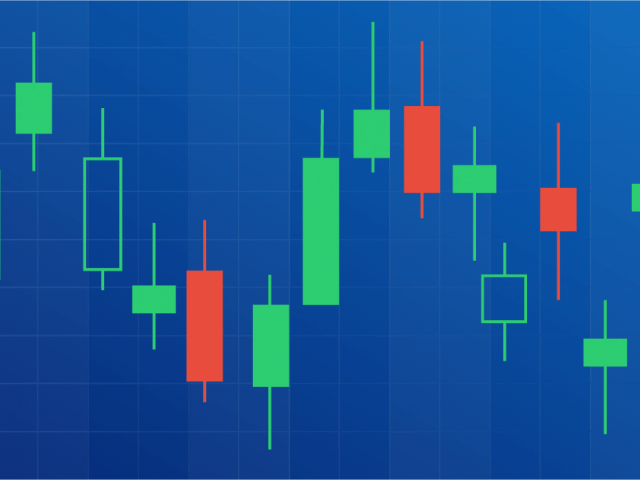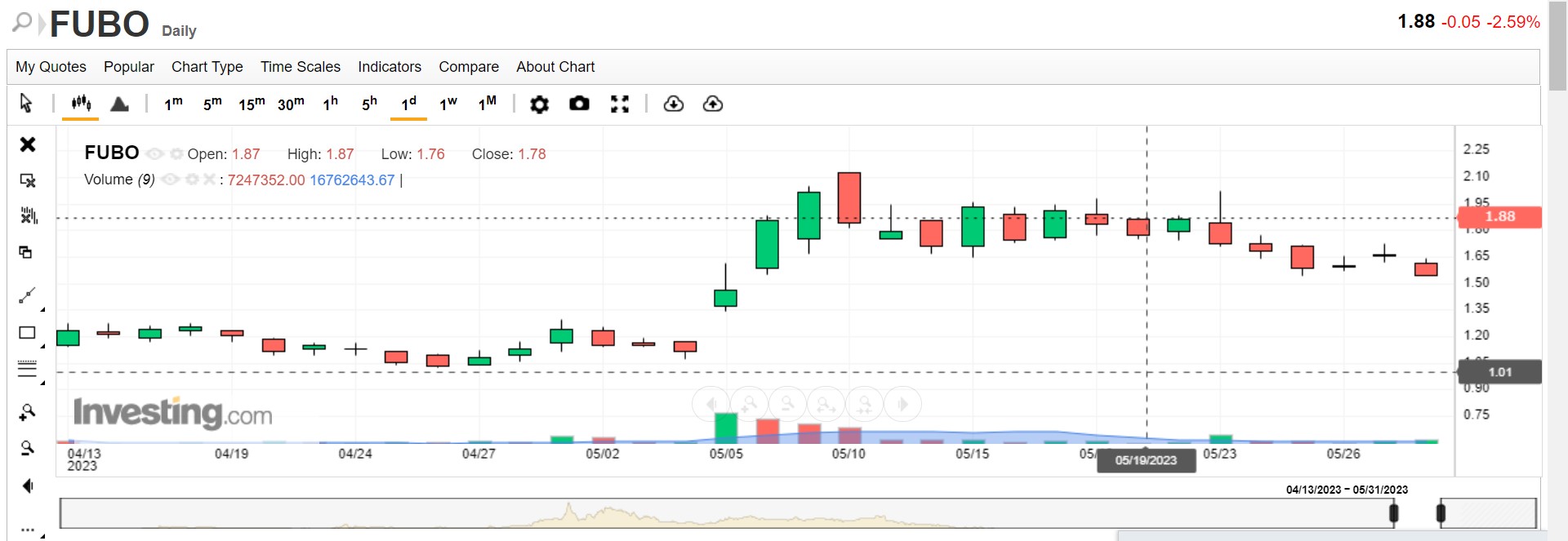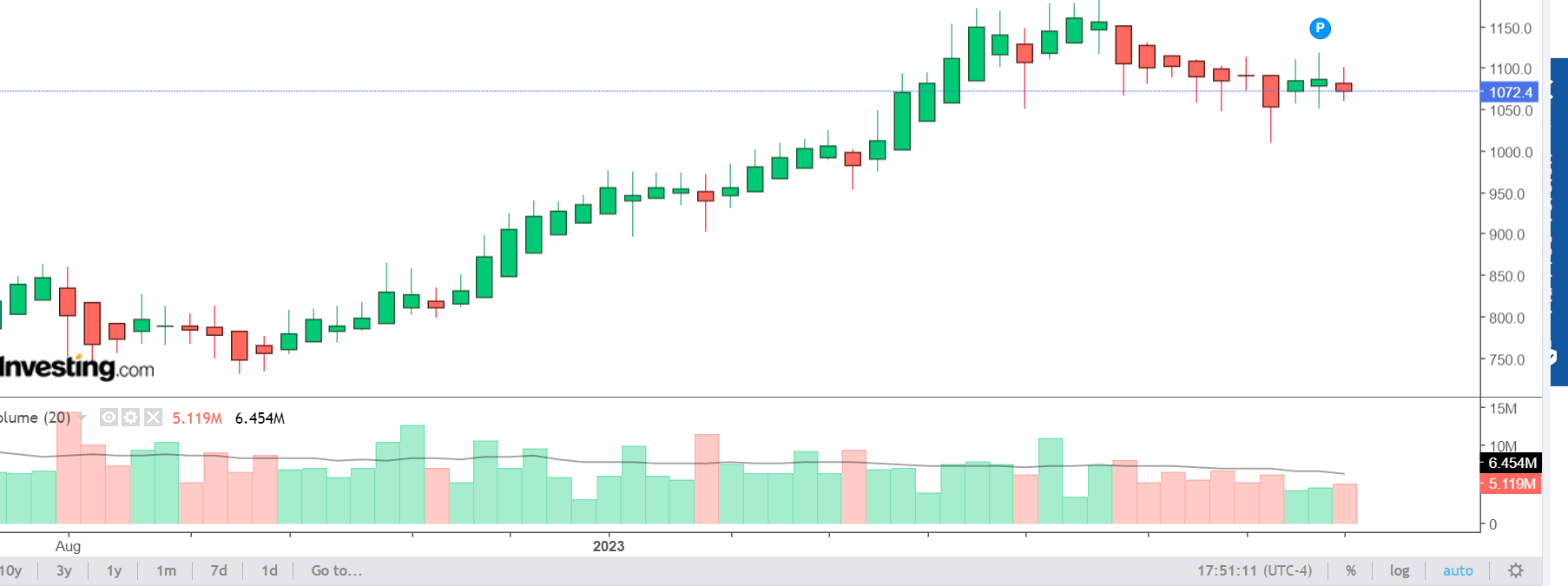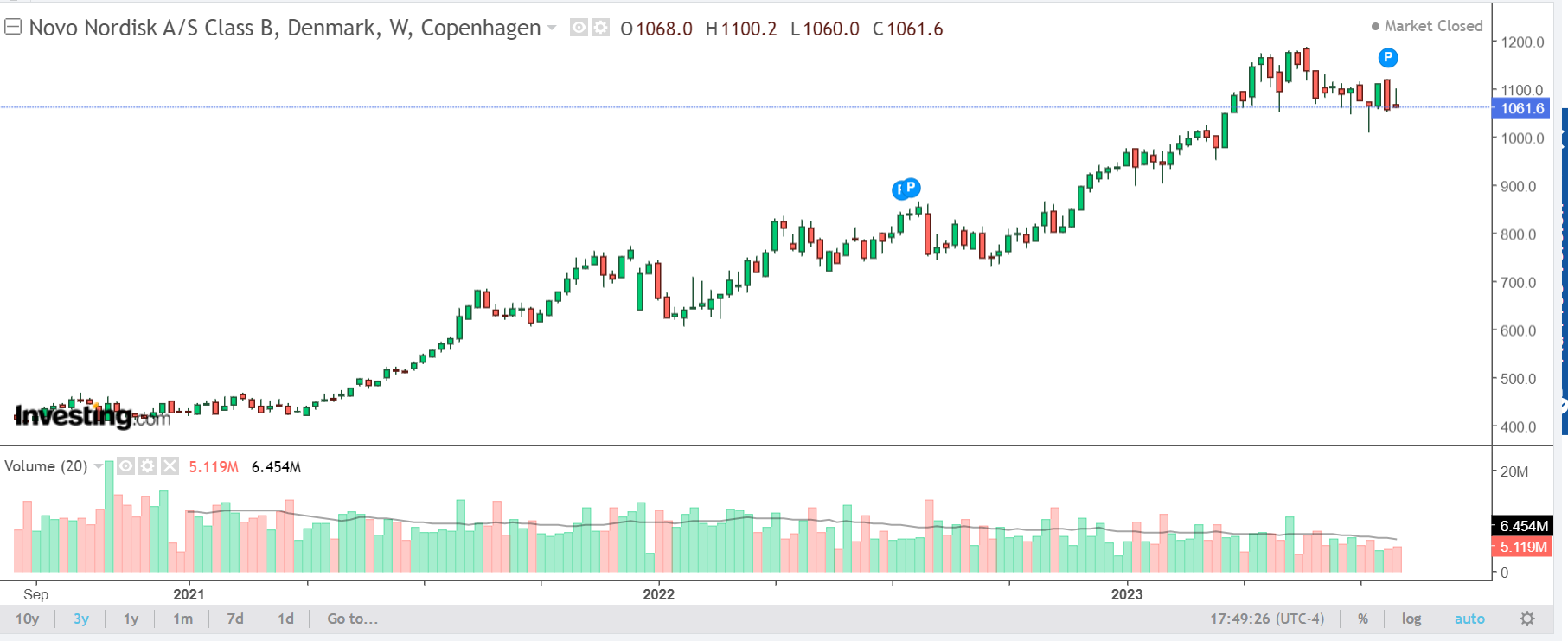Understanding Simple Moving Average (SMA)
Technical analysis is a popular approach used by traders to make informed decisions in the financial markets. One widely used tool in technical analysis is the Simple Moving Average (SMA).
Section 1: What is SMA?
The Simple Moving Average (SMA) is a widely used technical indicator that helps traders identify trends and potential entry or exit points in the market. It calculates the average price of an asset over a specified period, smoothing out short-term fluctuations to provide a clearer picture of the overall trend.
To calculate the SMA, you sum up the closing prices of an asset over a specific number of periods and divide it by the number of periods. For example, a 50-day SMA would sum up the closing prices of the last 50 days and divide it by 50.
Section 2: Interpretation and Types of SMAs
Interpreting SMAs involves analyzing their crossovers, slope, and relationship with price action. When an asset’s price crosses above its SMA, it may signal a bullish trend, while a crossover below the SMA may indicate a bearish trend. Additionally, the slope of an SMA can provide insights into the strength and direction of a trend.
There are different types of SMAs commonly used in technical analysis. The most popular ones include the simple moving average (SMA), exponential moving average (EMA), weighted moving average (WMA), and displaced moving average (DMA). Each type has its own calculation method and interpretation nuances.
Section 3: Practical Applications of SMA Technical Trading
SMA technical trading offers various practical applications for traders. It can be used to identify trend reversals, determine support and resistance levels, generate buy or sell signals, and implement trading strategies such as moving average crossovers.
One popular strategy is the SMA crossover strategy, where traders look for the crossover of two SMAs with different periods. For example, a bullish signal is generated when a shorter-term SMA (e.g., 50-day) crosses above a longer-term SMA (e.g., 200-day), indicating a potential upward trend. Conversely, a bearish signal occurs when the shorter-term SMA crosses below the longer-term SMA.
SMA technical trading is a powerful tool in the arsenal of technical analysts. By smoothing out price fluctuations and providing insights into trends, SMAs help traders make informed decisions in the financial markets. Understanding how to calculate and interpret SMAs, as well as their practical applications, can significantly enhance one’s trading strategies.
Ole Borgesen / Pyjamastraders




